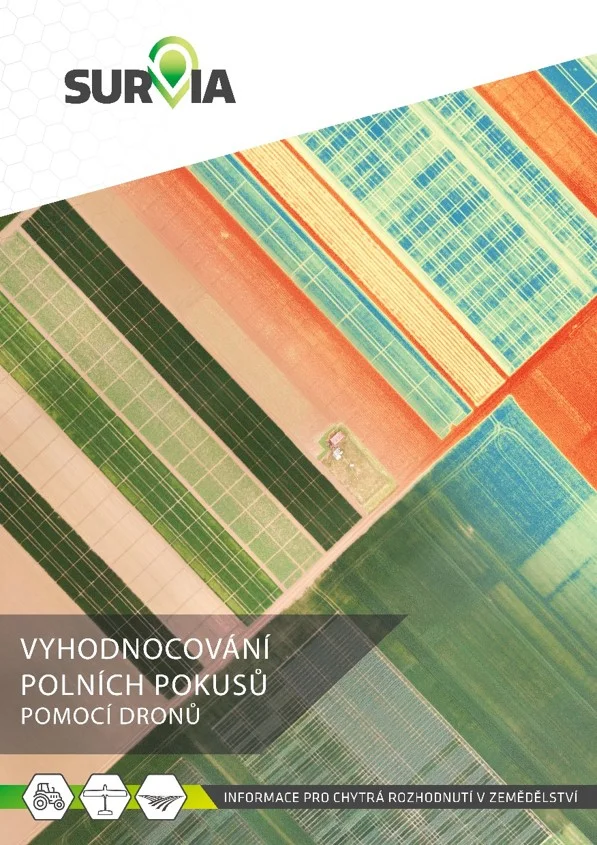MeteoHelix® wins silver as part of SURVIA's Grand Prize winning precision agriculture solution at TECHAGRO 2018
/Standing above the crowd in a field where evaluation of farm fields using drones has become standard practice fueled by the advancements in sensor and drone technology is not easy. One such company from Czechia has manged to do just that, by capturing the Grand Prize at one on the biggest agricultural technical exhibitions in Europe.
While many companies claim to provide real value, SURVIA s.r.o. seems to actually deliver. Focused more on research and development than on plain profit, SURVIA has shown it can deliver the know-how necessary achieve real money saving results.
Proper evaluation of crop growth variations and disease risks is delivered through a sophisticated data analysis and qualified by local agronomist know-how, which is crucial to achieving real results. Each plot of land is different and has to be treated individually as not only soil compositions vary but also micro-climates. To quantify these differences, soil samples are analyzed and when possible weather variations are monitored by placing micro-weather stations as densely as possible.
Since quality meteorological data has always been costly to obtain and sensor life due to contamination in the dusty agricultural environment has never been satisfactory, SURVIA as chosen to partner with an innovative company from Slovakia and USA whose micro-weather station MeteoHelix® and its helical radiation shield technology seems to be breaking this old prejudice.
BARANI DESIGN Technologies s.r.o. known for its professional line of meteorological sensors has taken the leap to deliver a truly affordable professional micro weather station. With a price tag of under 500 EURO, the wireless MeteoHelix® IoT Pro and its little brother the MeteoHelix IoT Home are seemingly in a class of their own in terms of measurement quality for money spent and have been awarded the silver prize at TECHAGRO 2018. They are allowing farmers to monitor weather over multiple fields affordably with minimal financial risk from weather station damage or theft.
For more information contact:
Survia s.r.o.
Habrová 1445
363 01 Ostrov
Czechia
www.survia.cz
BARANI DESIGN Technologies s.r.o.
Klincova 35
821 08 Bratislava
SLOVAKIA
www.baranidesign.com



